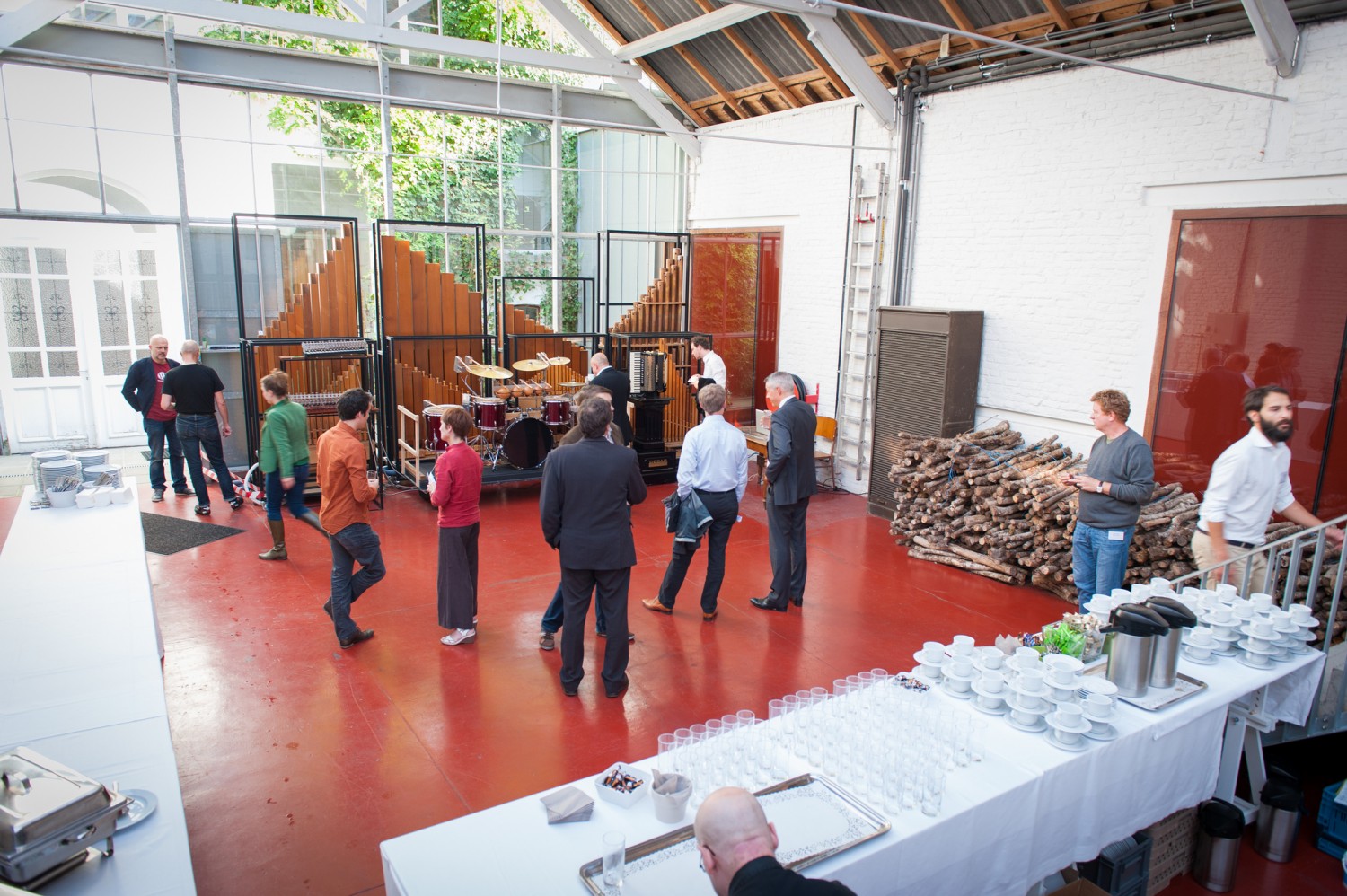
Dustin DiTommaso
Gamification: hype, hustlers and hope
Interview date: 25 Apr 2013
In the 14th Namahn interview, Dustin DiTommaso, designer and Vice President of Experience Design at Mad*Pow (USA) offers his take on the evolution of influences from the gaming world on design in the wider world.
Gaming language is something most of us (and certainly younger generations) expect when interacting with digital products. However, an ocean of gaming aspects randomly tacked onto tools, products and services aimed at driving loyalty and profitability has earned gamification a bad name.
As DiTommaso explains, it requires maturity to know how much of this secret sauce is necessary or appropriate to keep people engaged and interested in non-game contexts. Gamification should be about driving user autonomy and intrinsic motivation, helping people do what they want to do better, and not as pawns in someone else’s game.
But all is not lost. To mine the richness of gamification, designers need to really understand the dynamics of play: the tension and release between challenge and success, the pleasure and social aspects. From there, they can create strategies to keep users engaged in a meaningful way at every level, from novices to experts, designing fresh and interesting things for them to do, and building long-lasting communities.
Can more games make the real world a better place? Is that scenario over the top? The arguments are strong, says DiTommaso, although not in every aspect of our lives. By framing activities, tightening and speeding-up feedback loops, and making the mastery we try to achieve daily more visible, games can integrate moments of reward and accomplishment more frequently in our lives. Gaming communities in the virtual world already know this. Leveraging this to the real world is important to think about.
Interview
Download the interview (mp3)